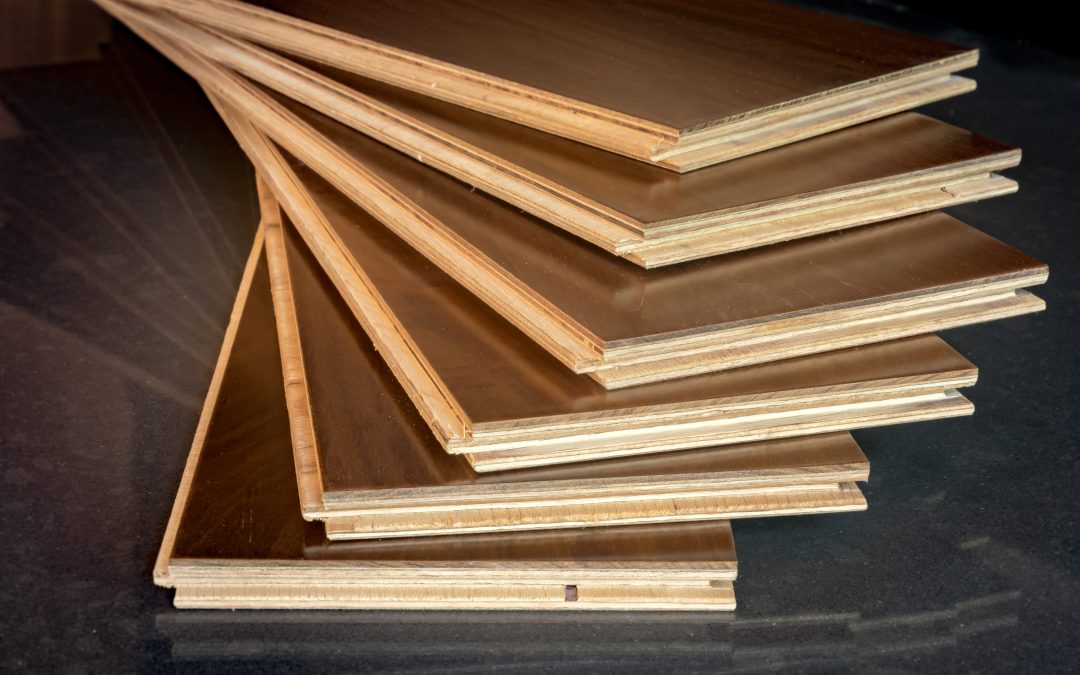(Video Explanation – Hear our comments on this post!)
Engineered hardwood floors are a popular flooring choice due to their durability, stability, and aesthetic appeal. However, they are not without their drawbacks, and some common issues that can be considered the worst problems for engineered hardwood floors include:
Moisture damage: Engineered hardwood floors are more resistant to moisture compared to solid hardwood floors, but they are still susceptible to damage from excessive moisture. Prolonged exposure to water or high humidity can cause the boards to warp, swell, or even delaminate, leading to permanent damage.
Scratches and dents: Despite their durability, engineered hardwood floors can still be susceptible to scratches and dents, especially in high-traffic areas. While the top layer of the engineered hardwood is real wood, it is typically thinner than that of solid hardwood, making it more prone to surface damage.
Low-quality products: Not all engineered hardwood floors are created equal. Low-quality or poorly manufactured products may have issues with adhesion between layers, leading to delamination or premature failure. It’s essential to invest in reputable brands and high-quality products.
Limited refinishing options: Engineered hardwood floors have a top layer of real wood, which means they can be refinished to remove surface scratches and renew their appearance. However, the number of refinishing options is limited compared to solid hardwood floors. Some engineered floors have a thinner wear layer, which means they can only be refinished a few times or not at all, depending on the thickness.
Noxious fumes from adhesives: Engineered hardwood floors are often installed using adhesives, which can emit volatile organic compounds (VOCs). These fumes can be harmful to indoor air quality and potentially cause health issues for sensitive individuals. It’s essential to use low-VOC or no-VOC adhesives and allow for proper ventilation during and after installation.
Uneven wear of the top layer: In high-traffic areas, the top layer of engineered hardwood floors can wear unevenly, especially if not adequately maintained. This can result in an uneven appearance and may require spot repairs or refinishing to address.
Buckling and cupping: Fluctuations in temperature and humidity can cause engineered hardwood floors to buckle or cup. Buckling occurs when the floorboards push up against each other, while cupping is when the edges of the boards are higher than the centers. Proper acclimation and installation following manufacturer guidelines can help mitigate these issues.
To avoid or minimize these problems, it’s crucial to choose a reputable manufacturer, follow proper installation procedures, maintain the floors regularly, and address any issues promptly. If you’re considering engineered hardwood floors, consult with a flooring professional to find the best product for your specific needs and ensure proper installation and maintenance.

